There is an abundance of people throughout history that have surpassed expectations to make enduring and positive changes to the world. The Nobel Prize was created in 1895 with the express purpose of honoring these individuals, specifically those who, in the words of the original mandate, “have conferred the greatest benefit to humankind.”
Now here is a fun fact. Did you know, Albert Nobel, the person behind this award is most famous for inventing the Dynamite? Also, he originally considered naming the highly powerful explosive “Nobel’s Safety Powder”?
Anyhow, let’s get on with today’s list.
Here are 25 Nobel prize-winning discoveries that changed the world.
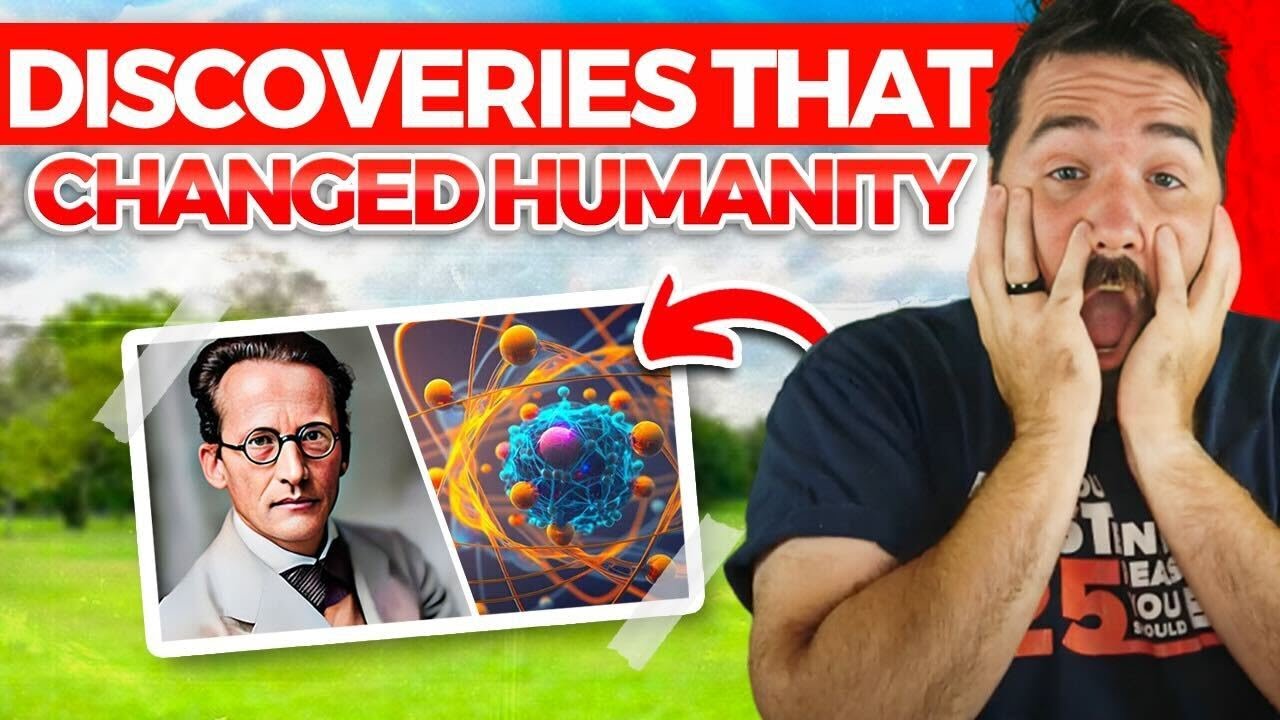
Albert Einstein's General Theory of Relativity
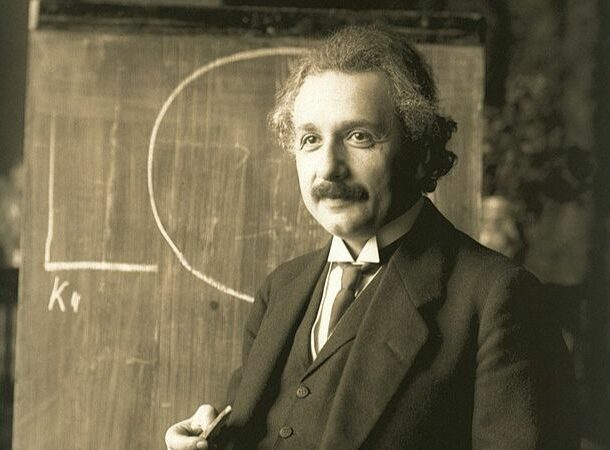
Much of what we understand about how our universe works, we owe it to this guy, Albert Einstein.
The fact that time and space are interrelated and that objects like black holes, planets, and even you and me can influence it just as they influence us is such a big brain take that I am pleasantly surprised Einstein discovered and mathematically proved it, a whole century ago.
For context, this was a time when passenger pigeons were still the fastest form of communication. No wonder, the science committee was quick to award him a Nobel Prize for it.
Erwin Schrödinger’s Atomic Theory
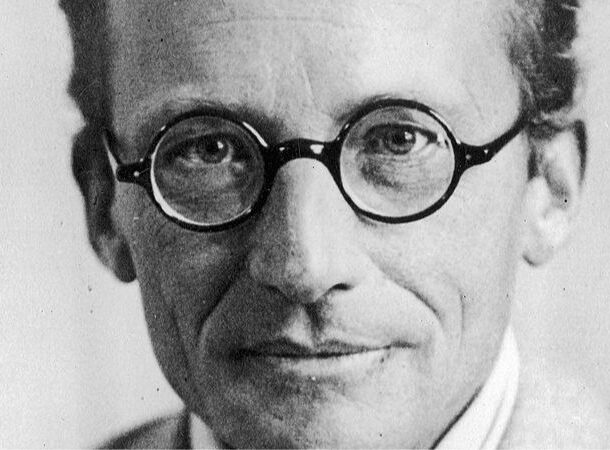
Whereas Einstein’s discovery helped explain how everything works on a cosmic scale, this next brilliant mind on our list helped explain it on a nano-scale.
Erwin Schrödinger – and yes, this is the same guy behind Schrödinger’s cat concept – who helped devise a theory that completely changed how we look at atoms…and I mean literally.
His contribution helped lay the foundation of what we call the field of quantum mechanics. For this, he was awarded a Nobel Prize in 1933.
Zhores I. Alferov and Herbert Kroemer’s semiconductor heterostructures
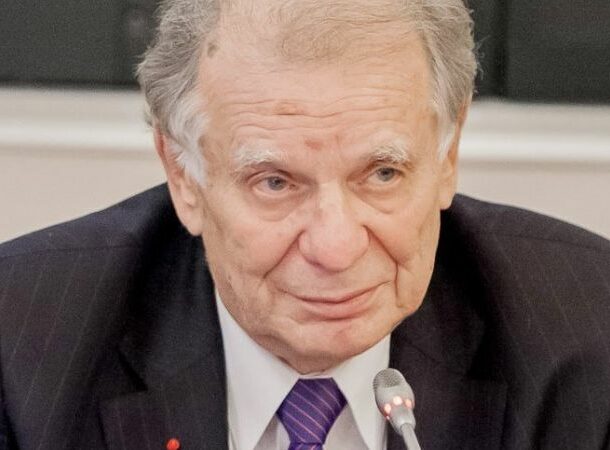
Now this sounds a bit of a mouthful but their discovery is what led to the advent of the digital age.
I’ll try to explain the concept as simply as possible. Think of colored Lego blocks – each of them represents a different type of semiconductor. The blocks that makes up a structure is a chip. Now, by combining the blocks in different ways, we get chips that can do more than mono-colored chips ever can. The result is more efficient and smaller chips could be built this way for our electronics.
Their theory was actually way ahead of their time, being developed in the 50s. For, most computers then were still based on vacuum tubes and occupied the size of an entire room.
The two scientists would share the Nobel Prize in 2000.
Marie Curie’s work on radioactivity
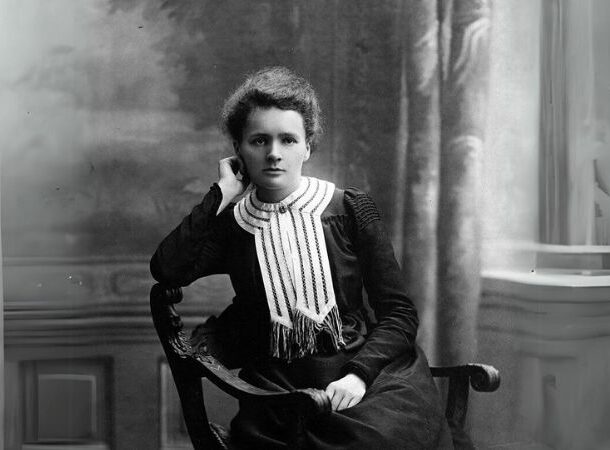
Cancer treatment? X-ray diagnosis? Medical sterilization? And even space exploration?
All of these could not have been possible without the pioneering work of one Polish woman – Marie Curie. Her contribution to the field of radioactivity made her the first woman to be awarded a Nobel Prize not once but TWICE, in 1903 and 1911 respectively.
A curious fact: she still remains the only person to win a Nobel Prize in two separate fields – physics and chemistry.
Harold Clayton Urey’s discovery of heavy hydrogen

Can atoms of the same element be different?
Well, Harold Urey asked the same question and found the answer was indeed yes.
His research led to the discovery of heavy hydrogen, which we use to make heavy water. That’s the water used to cool nuclear reactors and various medical diagnostics.
He was given the pinnacle honor in 1934.
James Chadwick’s discovery of neutron
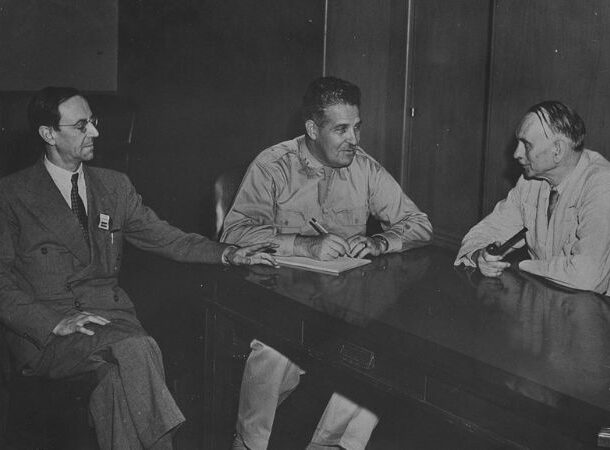
Back in the 1920s, the established theory was that the inconsistencies observed in atomic radiation experiments were due to gamma rays. James Chadwick was like: NOOO!!!
And so he quickly did a series of experiments to prove his claim. This led to the discovery of neutrons, revolutionizing the field of chemistry. Only a few years following his research, he would get his hands on the illustrious medal.
Willard Frank Libby’s radiocarbon dating method

How old is old? How do we know the dinosaur bones we dig up from the ground are actually some 65 million years old and not 6000?
Well, you have Willard Frank Libby to thank for that.
He found that all living matter contained traces of carbon-14, which diminished at a constant rate after death. So, by analyzing how much it diminished, you could also find the time it died out.
Libby would be awarded the medal in 1960.
Paul J. Crutzen and Co.’s discovery of Ozone depletion
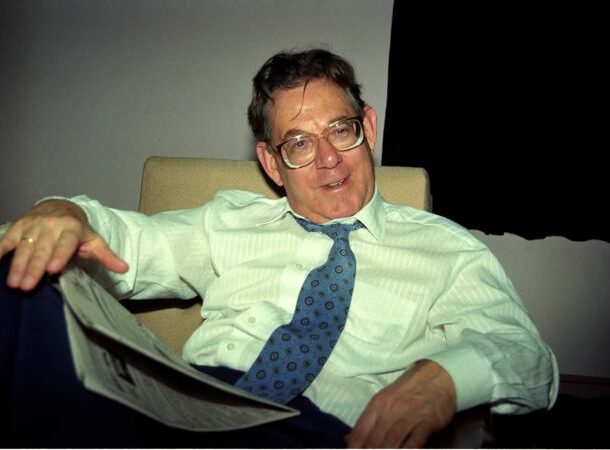
Take a good look at these guys. If you are alive today, thank them. Why?
Because these brilliant scientists discovered human activity was actually depleting the earth’s Ozone layer and it got the world’s leader to actually do something about it.
They definitely deserved the prize in 1995.
John Goodenough and Co.’s development of lithium-ion batteries
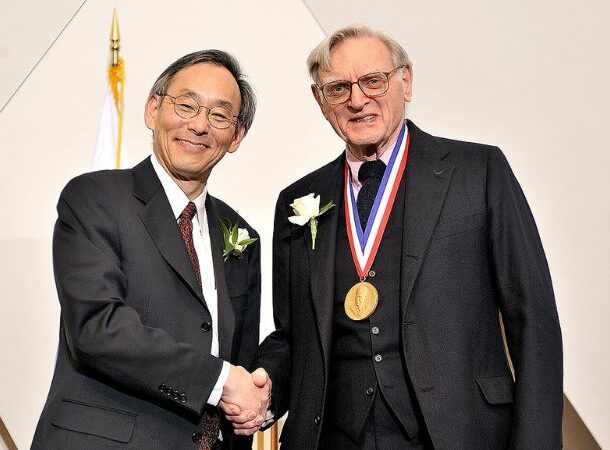
Lithium-ion batteries, the stuff that is now transforming entire industries, would not have been possible without John Goodenough and his fellow scientists, M. Stanley Whittingham and Akira Yoshino.
Like many more on this list, they were people ahead of their time, pioneering the research back in the 70s. Only recently in 2019 as the true significance of their work became known were they awarded the prestigious recognition.
Frederick Banting and Charles Best's discovery of insulin
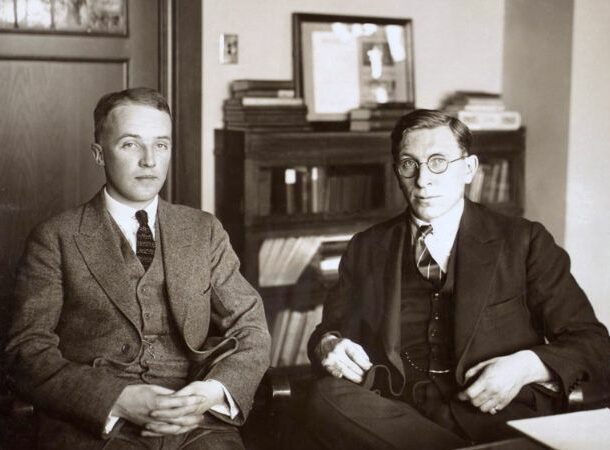
Diabetes is a growing problem worldwide – the thing is many of us suffering from the illness would not even be alive without the work of these two. Their discovery of insulin made a previously fatal condition treatable.
And for this, they got their due recognition in 1923.
Sir Frederick Gowland Hopkins’s discovery of Vitamins
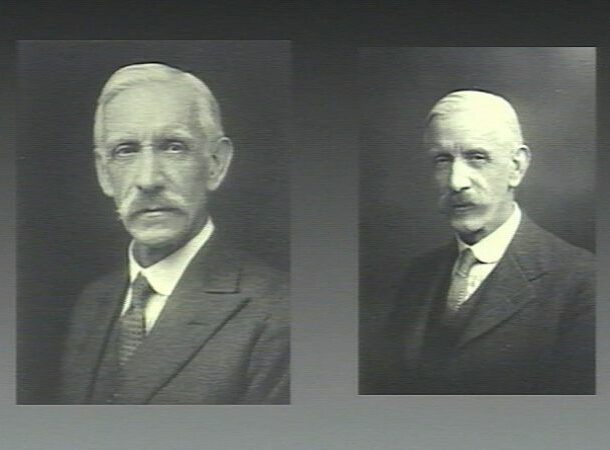
You know what other contribution is saving millions of lives right now?
The discovery of vitamins. In less enlightened times, strange body weakness and sudden illnesses were blamed on bad spirits or the result of an evil eye. But thanks to Sir Hopkins, we now know these conditions emerge due to us not taking our vitamins, which are essential to our normal functions.
Anyways, for his research, he received the award in 1929.
Karl Landsteiner’s discovery of blood groups
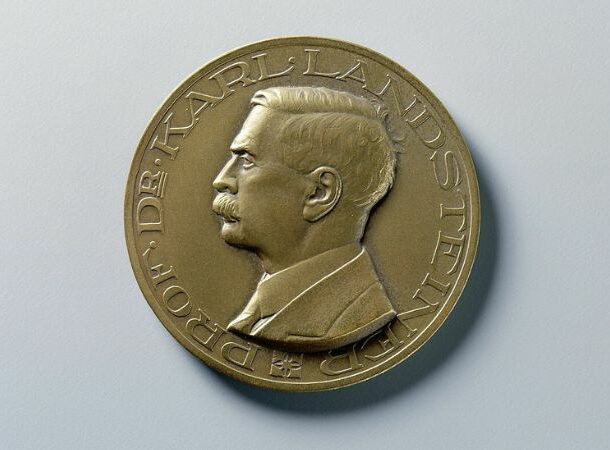
Now, you might be thinking ‘What’s so significant about blood groups?’ Well dear readers, during medical procedures our bodies simply don’t accept an organ or blood from any donor. It has to be from the right blood group!
For his valuable research, Karl Landsteiner was awarded the illustrious prize in 1930.
Max Theiler’s vaccine against Yellow Fever
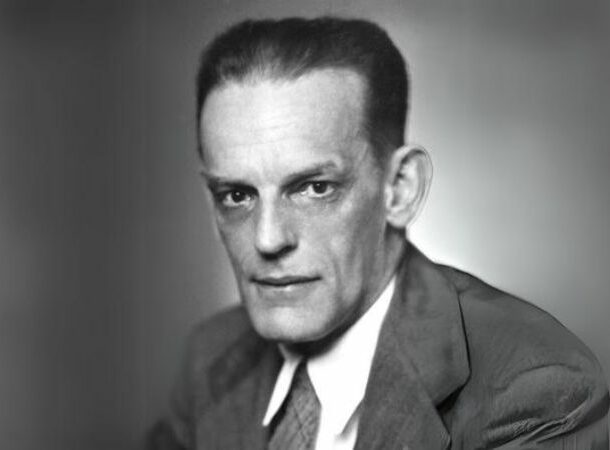
Today, we hardly hear about deadly cases of yellow fever even though nearly a billion people live in areas where this disease is common. Those billion souls can rest peacefully at night thanks to the work of Dr. Max Theiler, who developed the vaccine for the viral disease in 1937.
14 years later, as the scope of his contribution became apparent, he received the Nobel Prize in Medicine.
Selman Waksman’s discovery of Streptomycin
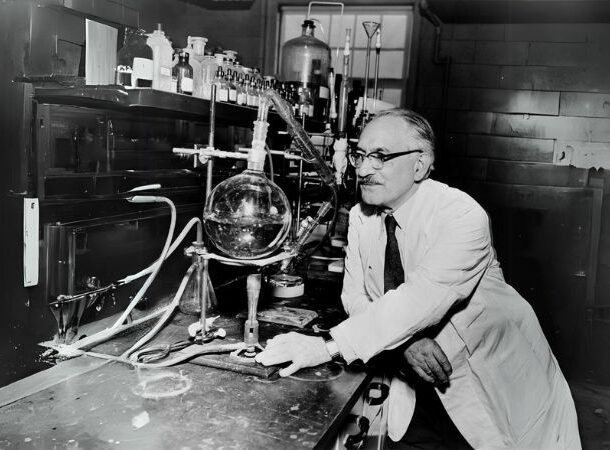
Yellow fever wasn’t the only big killer back in the day.
One-fourth, in fact, of all people tended to die from consumption, known today as tuberculosis. Well, that was until this guy Selman Waksman appeared on the scene. His tireless research led to the discovery of streptomycin. This was the first antibiotic known to be effective against the disease.
In 1952, he received the Nobel Prize for his achievement.
Katalin Karikó and Drew Weissman’s discovery of mRNA-mediated immune activation
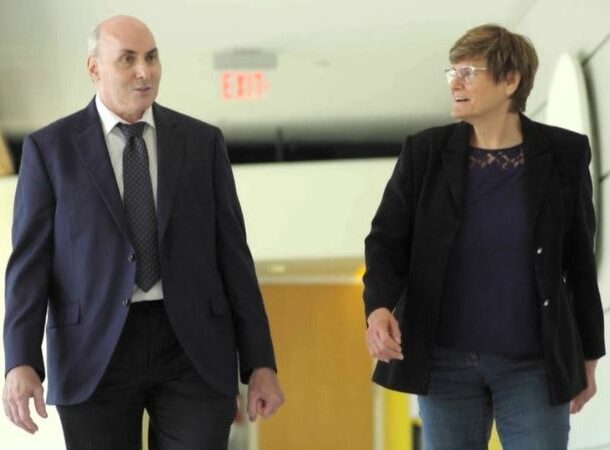
Did you know the COVID-19 pandemic could have been a lot worse? In fact, it would have been still ongoing with no vaccine in sight.
Fortunately for us, the science that enabled the speedy development of the vaccine was already laid out…a full two decades earlier.
In the early 2000s, Katalin Karikó and Drew Weissman’s research made a major breakthrough in genetic science – their work serving as the foundation on which all mRNA-based research is now based. Just early this year, they were awarded the prestigious accolade.
George Bernard Shaw’s literary style

Imagine simply the way you write being so legendary the Nobel Prize committee awarded you a prize for it in 1925.
But here’s a curious fact, the acclaimed Irish playwright initially struggled to establish himself in the writing industry. However, that didn’t stop him from eventually reaching great heights and the same could unfold for you dear viewer, so please don’t give up on your goals.
Mario Vargas Llosa
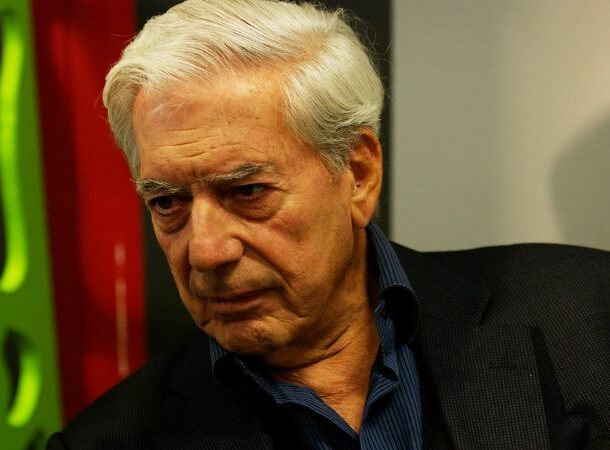
Noted as among Latin America’s most acclaimed novelists, he has been lauded for his numerous works on themes of an individual’s resistance and revolt against tyranny.
He eventually got the notice of the Nobel Prize committee which awarded him with the recognition in 2010.
Abdulrazak Gurnah’s work on colonialism and its impact
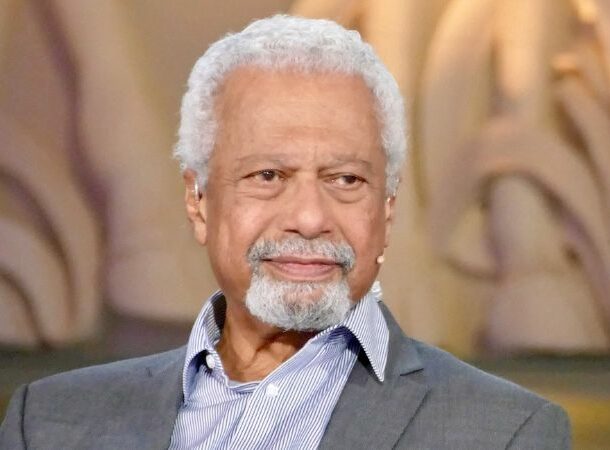
And you know what is the worst form of tyranny – colonialism.
Abdulrazak Gurnah’s numerous works explored the theme of how colonialism shaped societies and impacted individuals, including the very perception of self-image. For his writings, he received the Nobel Prize in 2021.
Malala Yousafzai’s work on girls education
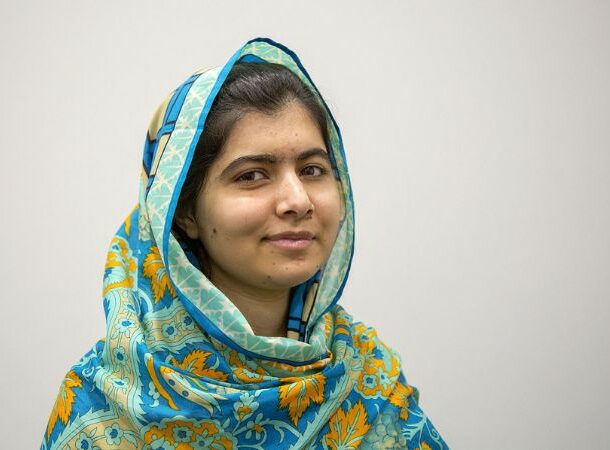
Moving on to Nobel Prize winners in the Peace category.
And speaking of individual struggles, women’s rights have come a long way. However, there still exist many parts of the world where women are denied even their basic rights, including the right to education.
Malala Yousafzai lived in such a place but not only did she try to defy restrictions but actively advocated for women’s right to education. Her activism nearly cost her her life.
However, she would survive and the incident would only end up catapulting her activism to international prominence. She received the illustrious prize back in 2014.
Thomas Woodrow Wilson’s League of Nations
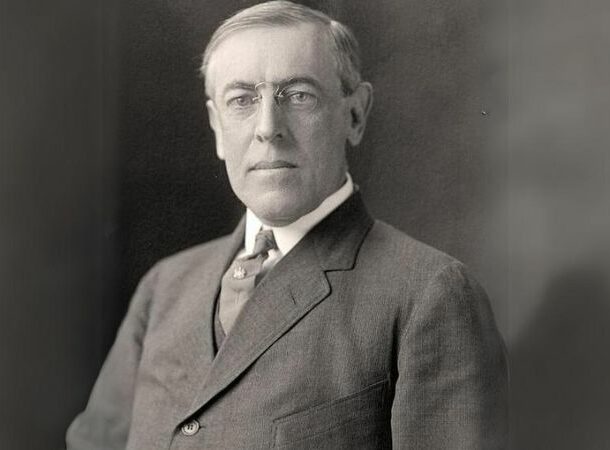
Before there was the United Nations, there was the League of Nations. Developed following the devastation caused by World War 1, the 28th US President hoped that through it future conflicts between great powers can be avoided.
The Nobel Prize community was quick to award him in 1919. But…in highlight, we all know how ‘successful’ that turned out to be. However, it is significant because it was the first true international governmental organization. It set the precedent for the New World Order that would emerge following the Second World War.
United Nations High Commissioner for Refugees

Wilson’s vision would truly be realized when the after-effects of World War 2 saw just how important international governmental institutions were to tackling crises. Take the newly formed UNHCR for instance. After the war, there were countless displaced refugees in Europe and East Asia. UNHCR was crucial in bringing much-needed aid relief to those affected. For their help in saving millions of lives, they rightly deserved to be given the award in 1954.
Aung San Suu Kyi’s non-violence movement
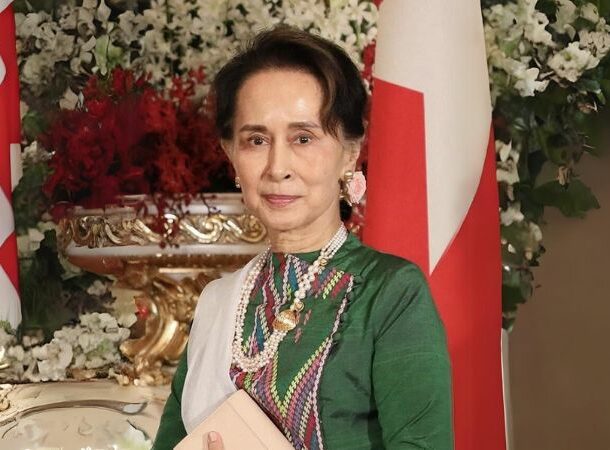
As World War 2 ended, most of Europe finally got to embrace democracy. However, for most of the world, it would remain a distant aspiration for decades. While the number of democratic states has vastly expanded as time has progressed, there are still lots of places where brutal dictatorships reign supreme.
Myanmar is one such example and this woman right here, Aung San Suu Kyi has devoted her life to bringing democracy to the country through her non-violence movement. Her commitment was recognized by the Nobel Prize committee and she was given the illustrious medal back in 1991.
World Food Programme
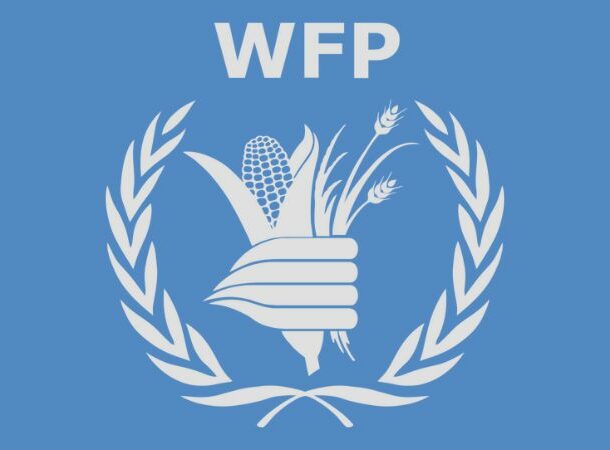
In history, more than war, it was the lack of food that killed most people.
Well, that is until we set up a system where the world community can intervene to bring relief to areas suffering famines. The World Food Programme is that system and it helps ensure millions worldwide don’t die from mass starvation.
Understandably, for an organization that saves countless lives yearly, they are well deserving of the Nobel Peace Prize which it finally received in 2020.
Narges Mohammadi’s Campaign for Women's Rights
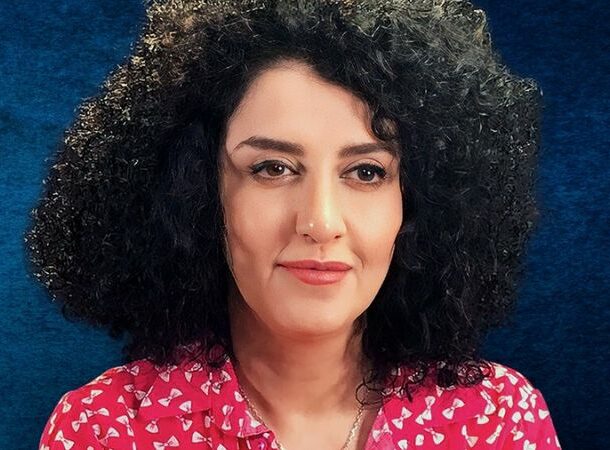
Another trailblazer for women’s rights on our list is Narges Mohammadi. Like Malala, she is from a region infamous for its human rights abuses. She has been beaten, jailed, and given death threats but she remains steadfast in her struggle for greater rights for women in Iran. This year, she was awarded the Nobel Peace Prize.
Paul Krugman’s contribution to trade theory.
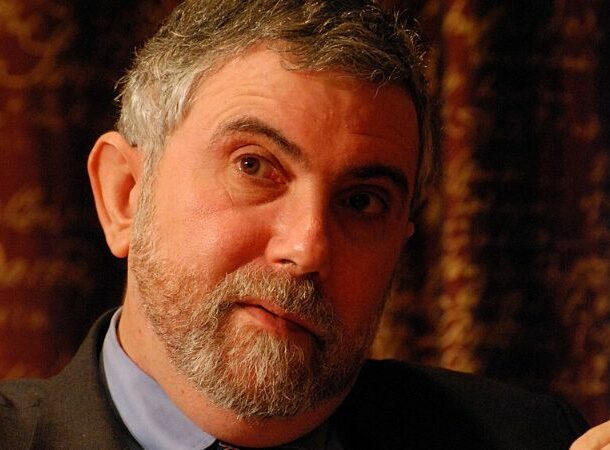
There also happens to be a Nobel Prize in economics for those who don’t know.
Popular economic theory teaches us that countries tend to export goods they have a comparative advantage in.
However, Paul observed that’s not what reality indicated. In fact, most trade was happening between countries producing similar products. Literally called the ‘New Trade Theory’, his work greatly improved our understanding of international economics and industrial development.
In 2008, he received his Nobel Prize.



























